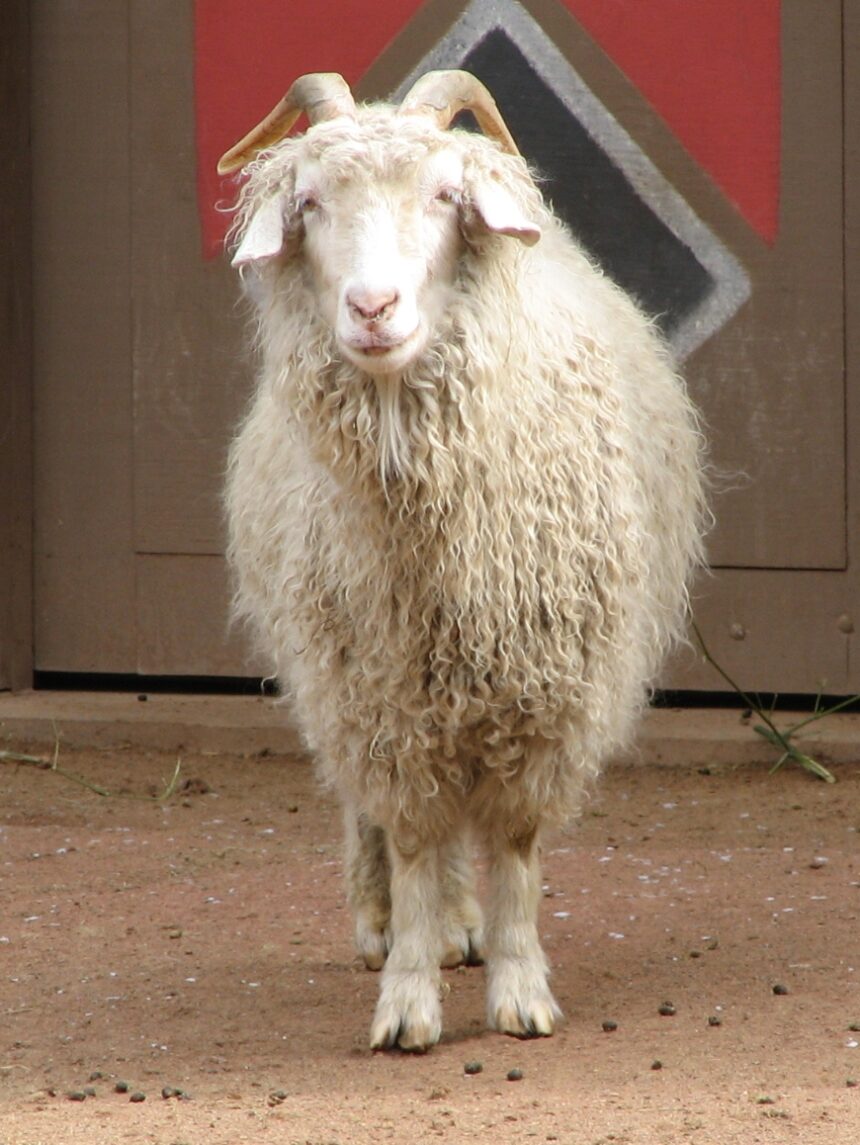Angora goats, with their luxurious mohair fleece, have become synonymous with South Africa’s rich agricultural landscape. Renowned for their fine, lustrous wool, Angora goats are a prized breed for farmers looking to tap into the lucrative mohair market. Here are 10 key aspects to consider when it comes to breeding and farming Angora goats in South Africa.
- Mohair Production:
Angora goats are primarily valued for their mohair, a luxurious fiber known for its softness, luster, and durability. Understanding the intricacies of mohair production is crucial for farmers seeking success in this niche market. - Adaptability to Arid Conditions:
Angora goats are well-adapted to the semi-arid regions of South Africa. Their ability to thrive in areas with limited water and sparse vegetation makes them a resilient choice for farmers in various climatic conditions. - Selecting Quality Breeding Stock:
Choosing quality breeding stock is paramount in Angora goat farming. Traits such as mohair quality, reproduction rates, and overall health should be carefully considered when selecting breeding animals to ensure a productive herd. - Reproduction and Kidding Management:
Successful breeding programs involve effective reproduction and kidding management. Farmers need to be well-versed in breeding cycles, proper nutrition during gestation, and ensuring the health of both does and kids during the kidding process. - Nutritional Requirements:
Providing the right nutrition is essential for maintaining healthy Angora goats and promoting quality mohair production. Farmers should be knowledgeable about the nutritional needs of these goats, especially during critical stages like pregnancy and lactation. - Disease Management:
Angora goats are susceptible to certain diseases, such as internal parasites. Effective disease prevention and management strategies, including vaccination and regular deworming, are crucial to maintaining a healthy herd. - Shearing Practices:
Proper shearing practices are vital for maximizing mohair yields and maintaining the well-being of Angora goats. Farmers should be skilled in shearing techniques and adopt appropriate schedules to ensure the welfare of the animals. - Marketing Strategies:
Developing effective marketing strategies is essential for farmers looking to sell Angora mohair. Understanding market trends, pricing, and building relationships with buyers are critical components of a successful marketing approach. - Fiber Grading and Processing:
Familiarity with fiber grading and processing techniques is crucial for farmers entering the mohair market. This knowledge helps ensure that the harvested mohair meets quality standards and can be processed into high-value end products. - Environmental Sustainability:
Angora goat farming, when practiced sustainably, can contribute to environmental conservation. Implementing grazing management practices, water conservation, and soil health initiatives are integral to sustainable Angora goat farming.
Breeding and farming Angora goats in South Africa present a unique opportunity for those interested in the mohair industry. Understanding the intricate balance between quality breeding, nutrition, disease management, and marketing is key to a successful Angora goat farming venture. By delving into these 10 essential aspects, farmers can embark on a woolly journey that not only benefits their livelihoods but also contributes to the rich heritage of Angora goat farming in South Africa.







